Evaluation and Optimization of Antibiotics Resistance Profile against Clostridium perfringens from Buffalo and Cattle in Pakistan
Abstract
1. Introduction
2. Results
2.1. Isolation and Identification of C. perfringens from Buffalo and Cattle
2.2. Impact of Antibiotics against Clostridium perfringens Isolated from Buffalo and Cattle
2.3. Cluster Analysis of Antibiotics Used against Isolates of C. perfringens
2.4. Correlation of Antibiotics Used against Isolates of C. perfringens
2.5. Optimization of Post-Evaluation Selected Antibiotics against Bacterial Isolates Inhibition via Response Surface Methodology
3. Materials and Methods
3.1. Sample Collection
3.2. Isolation of Bacterial Strains
3.3. Antibiotic Susceptibility Testing
3.4. Statistical Analysis
4. Conclusions
Author Contributions
Funding
Institutional Review Board Statement
Informed Consent Statement
Data Availability Statement
Acknowledgments
Conflicts of Interest
References
- Government of Pakistan. Economic Survey of Pakistan; Government of Pakistan: Islamabad, Pakistan, 2015.
- Hu, W.-S.; Kim, H.; Koo, O.K. Molecular genotyping, biofilm formation and antibiotic resistance of enterotoxigenic Clostridium perfringens isolated from meat supplied to school cafeterias in South Korea. Anaerobe 2018, 52, 115–121. [Google Scholar] [CrossRef] [PubMed]
- El-Naggar, N.E.-A.; El-Bindary, A.A.; Nour, N.S. Statistical Optimization of Process Variables for Antimicrobial Metabolites Production by Streptomyces anulatus NEAE-94 against some Multidrug-resistant Strains. Int. J. Pharmacol. 2013, 9, 322–334. [Google Scholar] [CrossRef]
- Kiu, R.; Hall, L.J. An update on the human and animal enteric pathogen Clostridium perfringens. Emerg. Microbes Infect. 2018, 7, 15. [Google Scholar] [CrossRef] [PubMed]
- Rood, J.I.; Adams, V.; Lacey, J.; Lyras, D.; McClane, B.A.; Melville, S.B.; Moore, R.J.; Popoff, M.R.; Sarker, M.R.; Songer, J.G.; et al. Expansion of the Clostridium perfringens toxin-based typing scheme. Anaerobe 2018, 53, 5–10. [Google Scholar] [CrossRef]
- Shokoohi, R.; Samadi, M.T.; Amani, M.; Poureshgh, Y. Modeling and optimization of removal of cefalexin from aquatic solutions by enzymatic oxidation using experimental design. Braz. J. Chem. Eng. 2018, 35, 943–956. [Google Scholar] [CrossRef]
- Ferreira, S.L.C.; Bruns, R.; Ferreira, H.; Matos, G.; David, J.; Brandão, G.; Da Silva, E.; Portugal, L.; Dos Reis, P.; Souza, A.; et al. Box-Behnken design: An alternative for the optimization of analytical methods. Anal. Chim. Acta 2007, 597, 179–186. [Google Scholar] [CrossRef]
- Kümmerer, K. Antibiotics in the aquatic environment–A review–part I. Chemosphere 2009, 75, 417–434. [Google Scholar] [CrossRef]
- Bollenbach, T. Antimicrobial interactions: Mechanisms and implications for drug discovery and resistance evolution. Curr. Opin. Microbiol. 2015, 27, 9. [Google Scholar] [CrossRef]
- Bliss, C.I. The Toxicity of Poisons Applied Jointly1. Ann. Appl. Biol. 1939, 26, 585–615. [Google Scholar] [CrossRef]
- Vosough, M.; Rashvand, M.; Esfahani, H.M.; Kargosha, K.; Salemi, A. Direct analysis of six antibiotics in wastewater samples using rapid high-performance liquid chromatography coupled with diode array detector: A chemometric study towards green analytical chemistry. Talanta 2015, 135, 7–17. [Google Scholar] [CrossRef]
- Bezerra, M.A.; Santelli, R.E.; Oliveira, E.P.; Villar, L.S.; Escaleira, L.A. Response surface methodology (RSM) as a tool for optimization in analytical chemistry. Talanta 2008, 76, 965–977. [Google Scholar] [CrossRef] [PubMed]
- Ding, Y.; Zheng, J.; Xia, X.; Ren, T.; Kan, J. Box–Behnken design for the optimization of nanoscale retrograded starch formation by high-power ultrasonication. LWT 2016, 67, 206–213. [Google Scholar] [CrossRef]
- Yang, X.; Guo, P.; Li, M.; Li, H.; Hu, Z.; Liu, X.; Zhang, Q. Optimization of Culture Conditions for Amoxicillin Degrading Bacteria Screened from Pig Manure. Int. J. Environ. Res. Public Health 2020, 17, 1973. [Google Scholar] [CrossRef] [PubMed]
- Opriş, O.; Soran, M.-L.; Lung, I.; Truşcă, M.R.C.; Szoke-Nagy, T.; Coman, C. The optimization of the antibiotics extraction from wastewaters and manure using Box–Behnken experimental design. Int. J. Environ. Sci. Technol. 2016, 14, 473–480. [Google Scholar] [CrossRef]
- Anjum, M.F.; Tasadduq, I.; Al-Sultan, K. Response surface methodology: A neural network approach. Eur. J. Oper. Res. 1997, 101, 65–73. [Google Scholar] [CrossRef]
- Traub, W.H.; Karthein, J.; Spohr, M. Susceptibility of Clostridium perfringens Type A to 23 Antimicrobial Drugs. Chemotherapy 1986, 32, 439–445. [Google Scholar] [CrossRef]
- Kouassi, K.A.; Dadie, A.T.; N’Guessan, K.F.; Dje, K.M.; Loukou, Y.G. Clostridium perfringens and Clostridium difficile in cooked beef sold in Côte d’Ivoire and their antimicrobial susceptibility. Anaerobe 2014, 28, 90–94. [Google Scholar] [CrossRef]
- Kawamura-Sato, K.; Wachino, J.-I.; Kondo, T.; Ito, H.; Arakawa, Y. Correlation between reduced susceptibility to disinfectants and multidrug resistance among clinical isolates of Acinetobacter species. J. Antimicrob. Chemother. 2010, 65, 1975–1983. [Google Scholar] [CrossRef]
- Liu, C.-H.; Hwang, C.-F.; Liao, C.-C. Medium optimization for glutathione production by Saccharomyces cerevisiae. Process. Biochem. 1999, 34, 17–23. [Google Scholar] [CrossRef]
- Hanrahan, G.; Lu, K. Application of factorial and response surface methodology in modern experimental design and optimi-zation. Crit. Rev. Anal. Chem. 2006, 36, 141–151. [Google Scholar] [CrossRef]
- Lundstedt, T.; Seifert, E.; Abramo, L.; Thelin, B.; Nyström, Å.; Pettersen, J.; Bergman, R. Experimental design and optimization. Chemom. Intell. Lab. Syst. 1998, 42, 3–40. [Google Scholar] [CrossRef]
- López, R.; Goñi-Irigoyen, F.; Etxandia, A.; Millan, E. Determination of organochlorine pesticides and polychlorinated biphenyls in human serum using headspace solid-phase microextraction and gas chromatography-electron capture detection. J. Chromatogr. B 2007, 846, 298–305. [Google Scholar] [CrossRef] [PubMed]
- Wayne, P.C. Clinical and Laboratory Standards Institute Analysis and Presentation of Cumulative Antimicrobial Susceptibility Test Data, 2nd ed.; Approved guideline M39-A2: Pennsylvania, PA, USA, 2006. [Google Scholar]
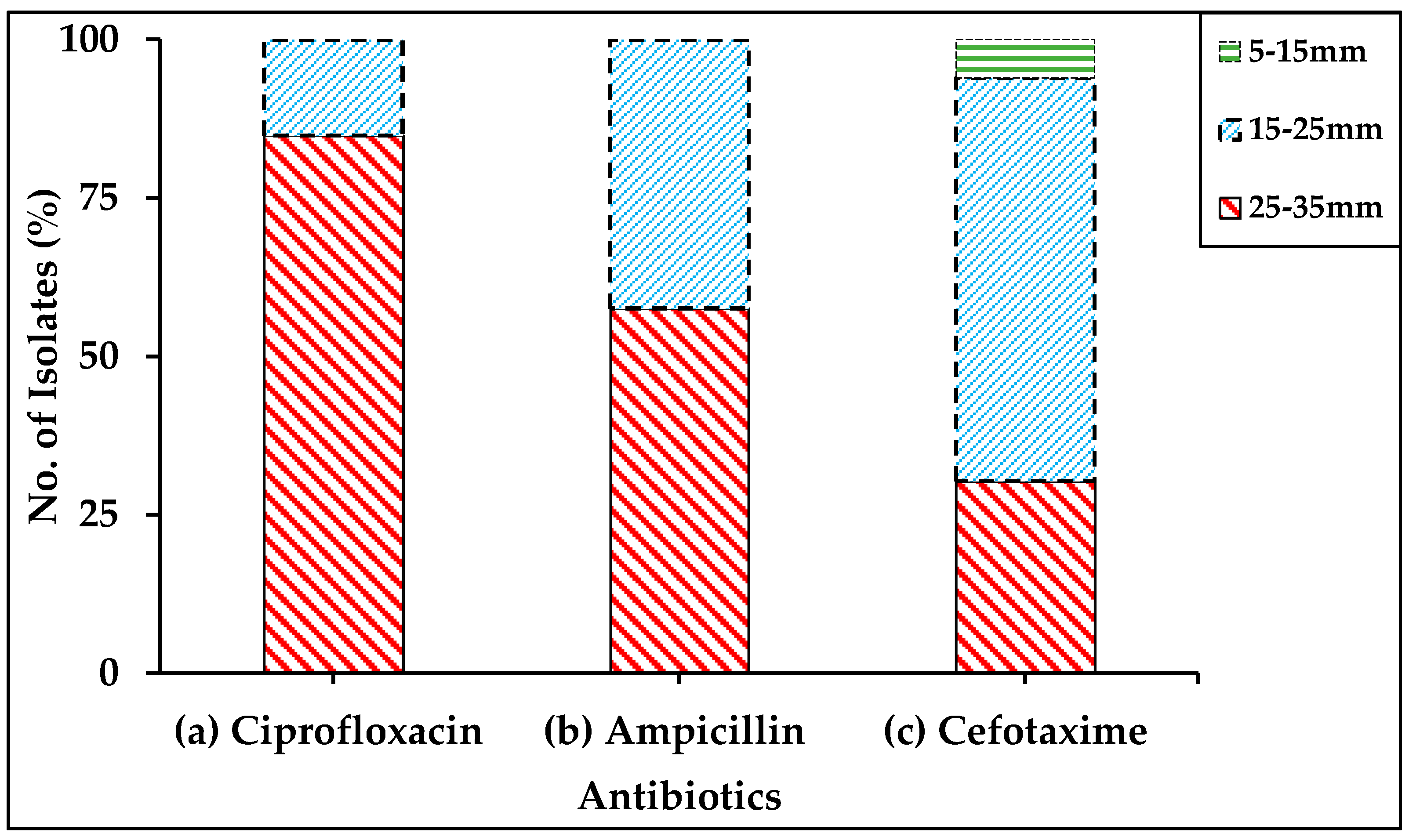
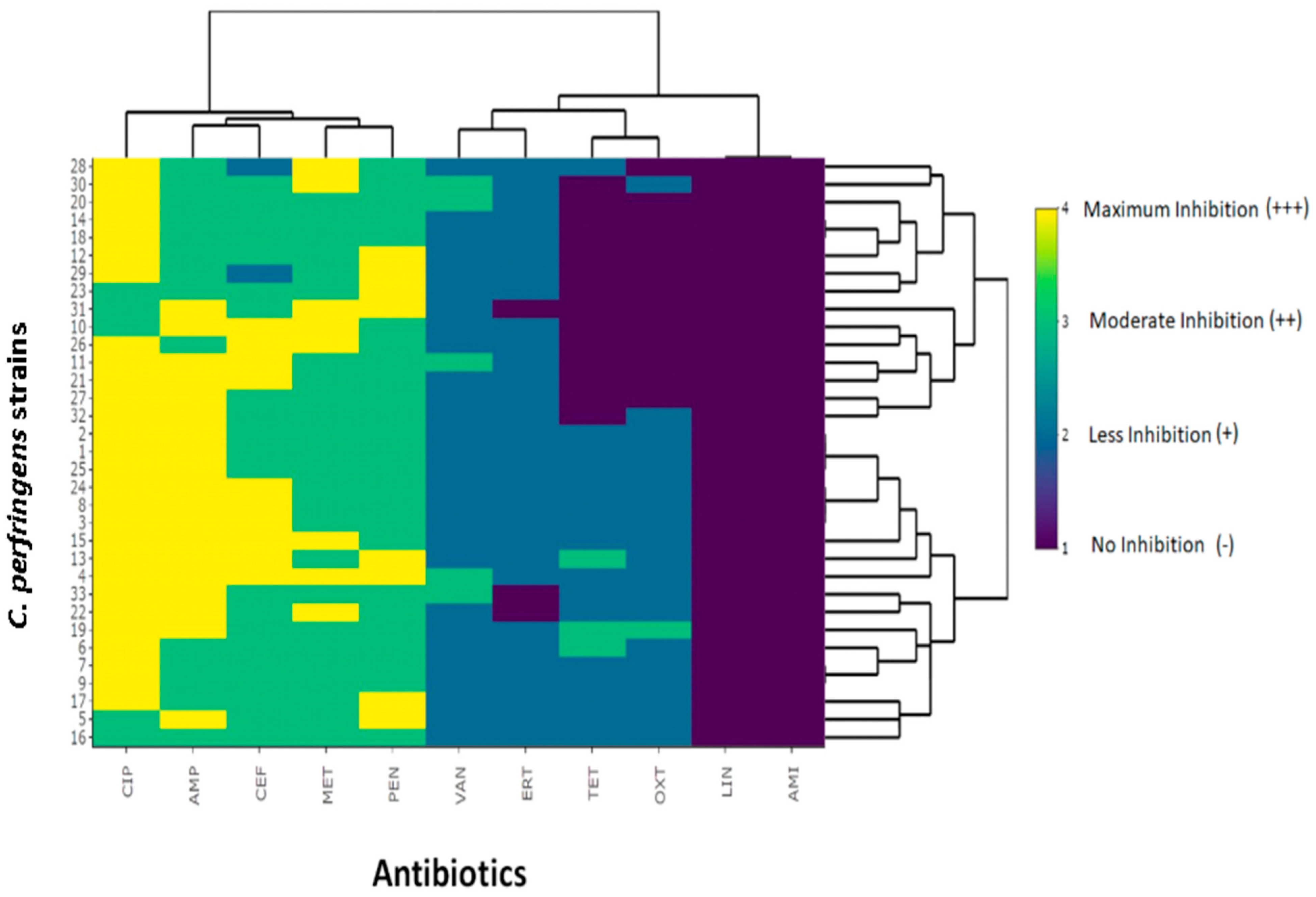
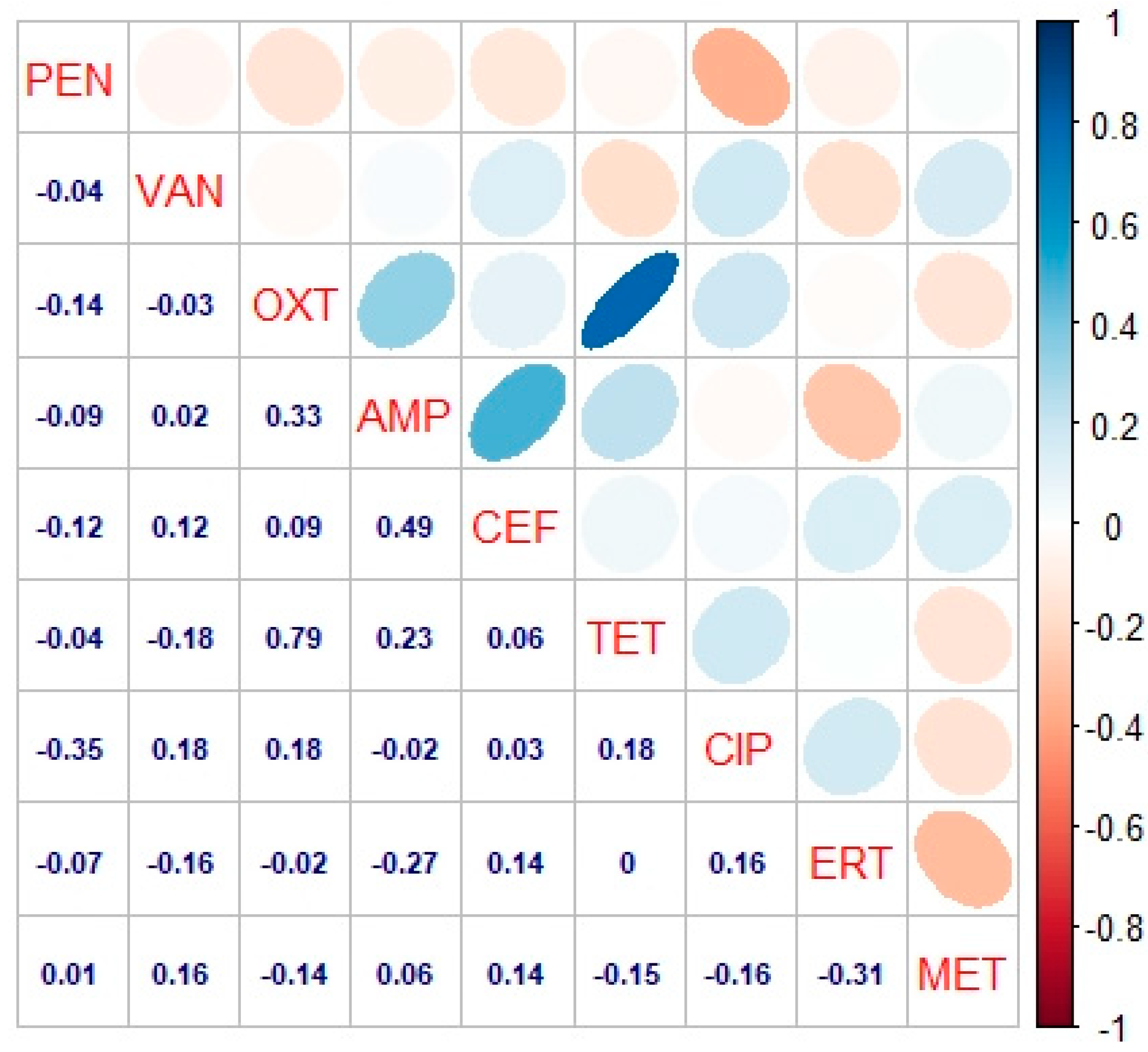
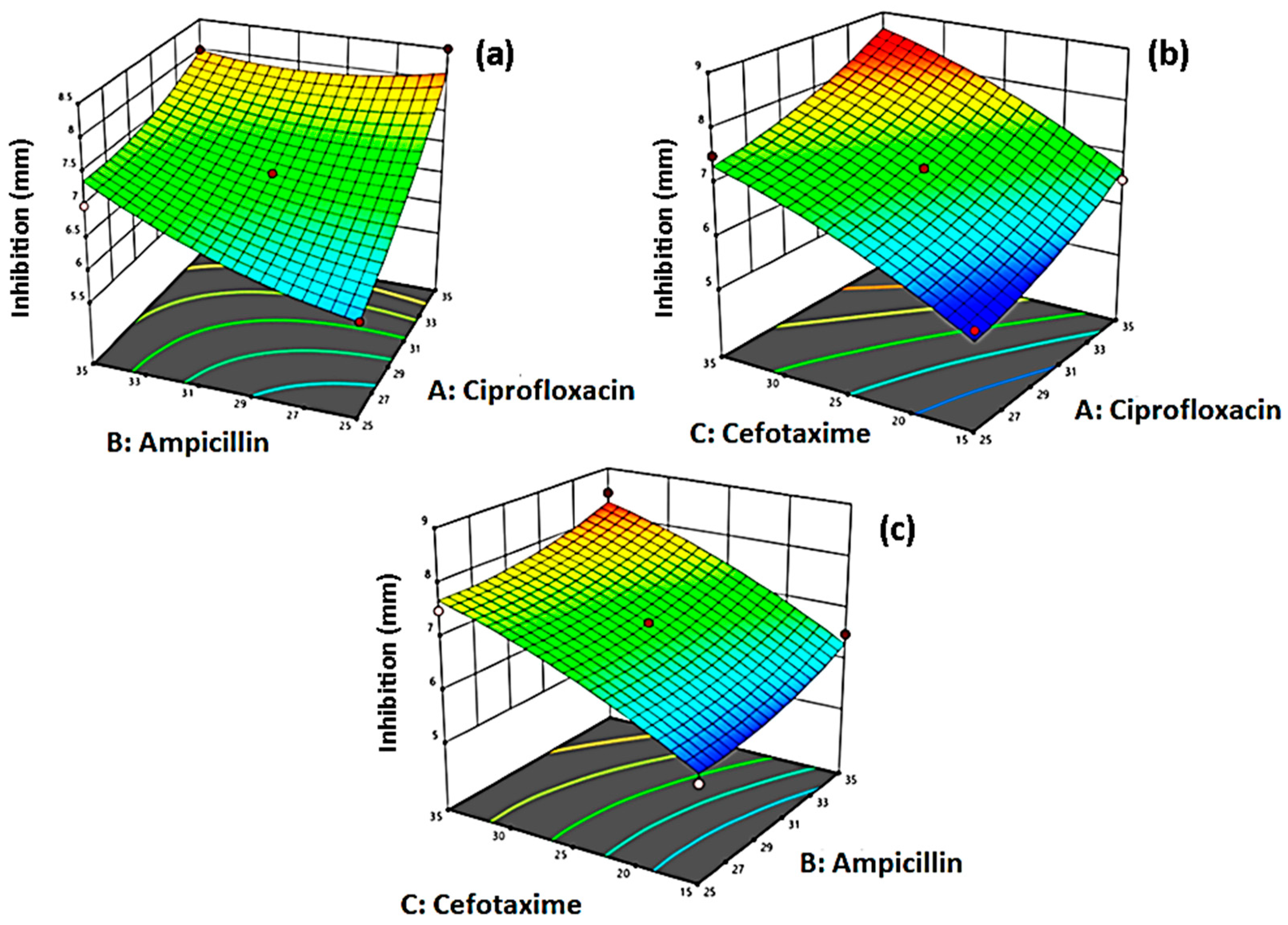
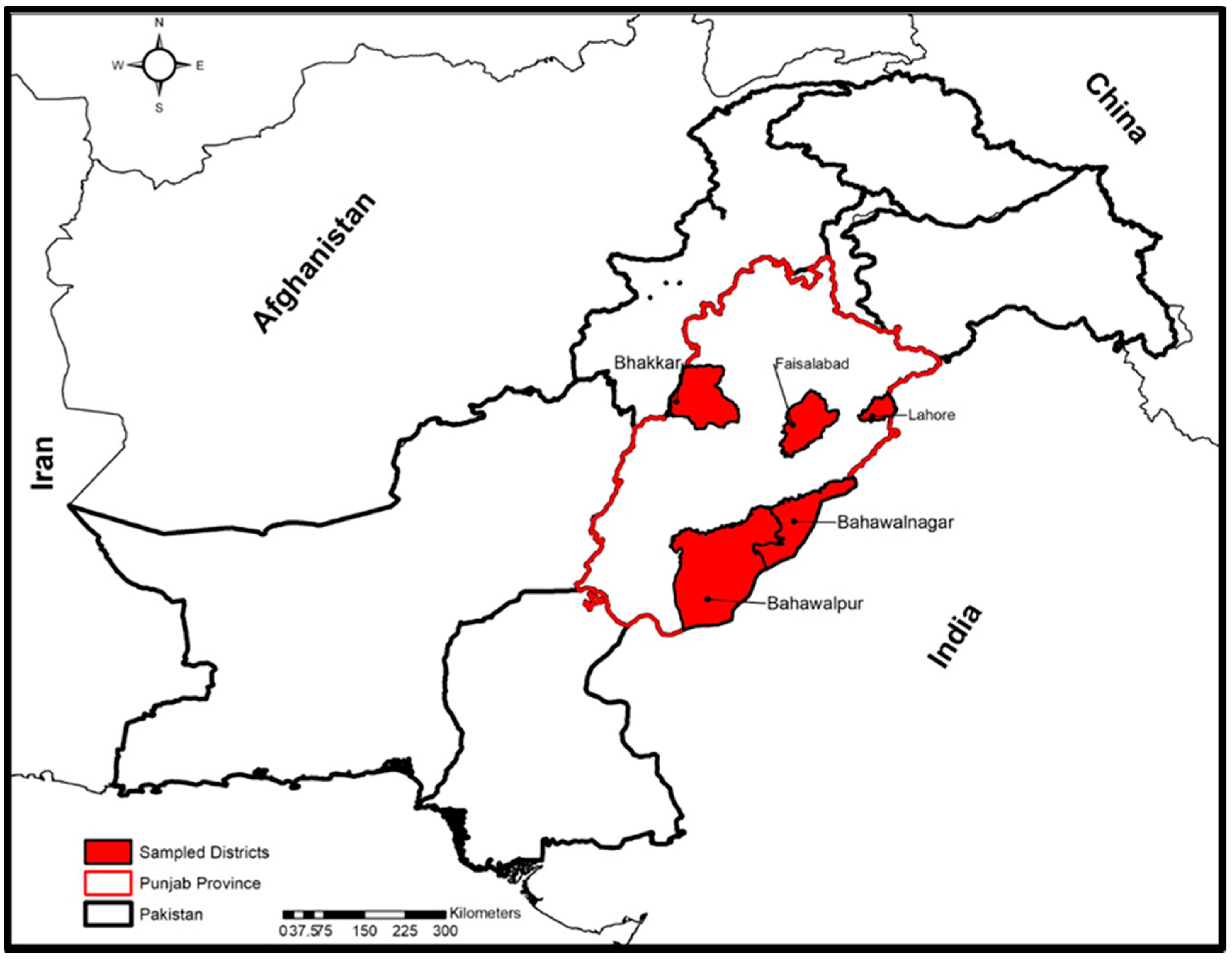
| Isolates (n = 33) | Antibiotics and Their Concentrations | |||||||||||
|---|---|---|---|---|---|---|---|---|---|---|---|---|
| Penicillin (10 µg) | Vancomycin (5 µg) | Lincomycin (10 µg) | Amikacin (25 µg) | Oxytetracycline (30 µg) | Ampicillin (10 µg) | Cefotaxime (30 µg) | Tetracycline (30 µg) | Ciprofloxacin (30 µg) | Erythromycin (15 µg) | Metronidazole (5 µg) | ||
| Buffalo (n = 18) | ||||||||||||
| 1 | CP-LHE-B1-PK | ++ | + | − | − | + | +++ | ++ | + | +++ | + | ++ |
| 2 | CP-LHE-B2-PK | ++ | + | − | − | + | +++ | ++ | + | +++ | + | ++ |
| 3 | CP-LHE-B3-PK | ++ | + | − | − | + | +++ | +++ | + | +++ | + | ++ |
| 4 | CP-PAT-B1-PK | +++ | ++ | − | − | + | +++ | +++ | + | +++ | + | +++ |
| 5 | CP-PAT-B2-PK | +++ | + | − | − | + | +++ | ++ | + | ++ | + | ++ |
| 6 | CP-SGD-B1-PK | ++ | + | − | − | − | +++ | +++ | − | ++ | + | +++ |
| 7 | CP-SGD-B2-PK | ++ | ++ | − | − | − | +++ | +++ | − | +++ | + | ++ |
| 8 | CP-JHG-B1-PK | +++ | + | − | − | − | ++ | ++ | − | +++ | + | ++ |
| 9 | CP-JHG-B2-PK | +++ | + | − | − | + | +++ | +++ | ++ | +++ | + | ++ |
| 10 | CP-SHW-B1-PK | ++ | + | − | − | + | ++ | ++ | + | ++ | + | ++ |
| 11 | CP-SHW-B2-PK | +++ | + | − | − | + | ++ | ++ | + | +++ | + | ++ |
| 12 | CP-BWN-B1-PK | ++ | + | − | − | − | ++ | ++ | − | +++ | + | ++ |
| 13 | CP-BWN-B2-PK | ++ | + | − | − | ++ | +++ | ++ | ++ | +++ | + | ++ |
| 14 | CP-BHK-B1-PK | ++ | + | − | − | + | +++ | +++ | + | +++ | + | ++ |
| 15 | CP-BHK-B2-PK | ++ | + | − | − | + | +++ | ++ | + | +++ | + | ++ |
| 16 | CP-BHK-B3-PK | ++ | + | − | − | − | ++ | +++ | − | +++ | + | +++ |
| 17 | CP-DGK-B1-PK | ++ | + | − | − | − | +++ | ++ | − | +++ | + | ++ |
| 18 | CP-DGK-B2-PK | ++ | + | − | − | − | ++ | + | + | +++ | + | +++ |
| Cattle (n = 15) | ||||||||||||
| 1 | CP-LHE-C1-PK | ++ | + | − | − | + | ++ | ++ | ++ | +++ | + | ++ |
| 2 | CP-LHE-C2-PK | ++ | + | − | − | + | ++ | ++ | + | +++ | + | ++ |
| 3 | CP-PAT-C1-PK | ++ | + | − | − | + | +++ | +++ | + | +++ | + | ++ |
| 4 | CP-PAT-C2-PK | ++ | + | − | − | + | ++ | ++ | + | +++ | + | ++ |
| 5 | CP-SGD-C1-PK | ++ | + | − | − | − | ++ | ++ | − | +++ | + | ++ |
| 6 | CP-JHG-C1-PK | ++ | + | − | − | + | +++ | +++ | + | +++ | + | +++ |
| 7 | CP-SHW-C1-PK | ++ | ++ | − | − | − | ++ | ++ | − | +++ | + | ++ |
| 8 | CP-SHW-C2-PK | ++ | + | − | − | − | +++ | +++ | − | +++ | + | ++ |
| 9 | CP-BWN-C1-PK | ++ | + | − | − | + | +++ | ++ | + | +++ | − | +++ |
| 10 | CP-BWN-C2-PK | +++ | + | − | − | − | ++ | ++ | − | ++ | + | ++ |
| 11 | CP-BHK-C1-PK | +++ | + | − | − | − | ++ | + | − | +++ | + | ++ |
| 12 | CP-BHK-C2-PK | ++ | ++ | − | − | + | ++ | ++ | − | +++ | + | +++ |
| 13 | CP-BHK-C3-PK | +++ | + | − | − | − | +++ | ++ | − | ++ | − | +++ |
| 14 | CP-DGK-C1-PK | ++ | + | − | − | + | +++ | ++ | − | +++ | + | ++ |
| 15 | CP-DGK-C2-PK | ++ | ++ | − | − | + | +++ | ++ | + | +++ | − | ++ |
| Antibiotics | Chi-Square Value | p-Value |
|---|---|---|
| Penicillin | 15.33 c | 0.003 |
| Vancomycin | 0.76 f | 0.000 |
| Lincomycin | 0.00 | - |
| Amikacin | 0.00 | - |
| Oxytetracycline | 8.91 d | 0.000 |
| Ampicillin | 16.55 b | 0.034 |
| Cefotaxime | 16.03 b | 0.000 |
| Tetracycline | 8.76 d | 0.012 |
| Ciprofloxacin | 22.09 a | 0.000 |
| Erythromycin | 7.76 e | 0.000 |
| Antibiotics | Coded Symbol | Range | ||
|---|---|---|---|---|
| −1 | 0 | 1 | ||
| Ciprofloxacin | A | 15 | 15 | 15 |
| Ampicillin | B | 25 | 25 | 25 |
| Cefotaxime | C | 35 | 35 | 35 |
| Source | DF | SS | MS | F-Value | p-Value |
|---|---|---|---|---|---|
| Model | 9 | 13.56 | 1.51 | 18.74 | 0.0004 |
| A-Ciprofloxacin | 1 | 3.78 | 3.78 | 47.06 | 0.0002 |
| B-Ampicillin | 1 | 0.7813 | 0.7813 | 9.72 | 0.0169 |
| C-Cefotaxime | 1 | 8.00 | 8.00 | 99.56 | <0.0001 |
| AB | 1 | 0.5625 | 0.5625 | 7.00 | 0.0331 |
| AC | 1 | 0.0000 | 0.0000 | 0.0000 | 1.0000 |
| BC | 1 | 0.0000 | 0.0000 | 0.0000 | 1.0000 |
| A2 | 1 | 0.1480 | 0.1480 | 1.84 | 0.0168 |
| B2 | 1 | 0.1480 | 0.1480 | 1.84 | 0.0168 |
| C2 | 1 | 0.1480 | 0.1480 | 1.84 | 0.0168 |
| Residual | 7 | 0.5625 | 0.0804 | ||
| Lack of Fit | 3 | 0.5625 | 0.1875 | 2.33 | 0.961 |
| Pure Error | 4 | 0.0000 | 0.0000 | - | - |
| Cor Total | 16 | 14.12 | - | - | - |
| Runs | A Ciprofloxacin | B Ampicillin | C Cefotaxime | Inhibition of Strains (mm) | |
|---|---|---|---|---|---|
| Observed | Predicted | ||||
| 1 | 0 | −1 | 1 | 7.5 | 7.32 |
| 2 | −1 | 0 | 1 | 5.5 | 5.21 |
| 3 | 0 | −1 | −1 | 6.00 | 5.78 |
| 4 | 0 | 0 | 0 | 7.00 | 6.72 |
| 5 | 0 | 1 | −1 | 7.00 | 6.89 |
| 6 | 1 | 1 | 0 | 7.5 | 7.13 |
| 7 | 0 | 1 | 1 | 7.00 | 6.49 |
| 8 | 1 | 0 | −1 | 7.00 | 6.31 |
| 9 | 0 | 0 | 1 | 5.5 | 5.11 |
| 10 | −1 | 0 | −1 | 8.5 | 8.41 |
| 11 | −1 | 1 | 0 | 8.5 | 8.32 |
| 12 | 0 | 0 | 0 | 7.00 | 6.91 |
| 13 | −1 | −1 | 0 | 6.5 | 6.11 |
| 14 | 1 | 0 | 1 | 6.5 | 6.32 |
| 15 | 0 | 0 | 0 | 8.00 | 7.49 |
| 16 | 0 | 0 | 0 | 8.50 | 8.43 |
| 17 | 1 | −1 | 0 | 7.00 | 6.91 |
| Antibiotics | Class | Chemical Formula | Structural Formula | Molecular Weight (g mol−1) | Usage |
|---|---|---|---|---|---|
| Penicillin (Benzylpenicillin) | Penicillins | C16H18N2O4S |  | 334.4 | Bactericidal |
| Ampicillin | Penicillins | C16H19N3O4S |  | 349.4 | Bactericidal |
| Cefotaxime | Cephalosporins | C16H17N5O7S2 |  | 455.5 | Bactericidal |
| Tetracycline | Tetracyclines | C22H24N2O8 |  | 444.4 | Bacteriostatic |
| Oxytetracycline | Tetracyclines | C22H24N2O9 |  | 460.439 | Bacteriostatic |
| Amikacin | Aminoglycosides | C22H43N5O13 | 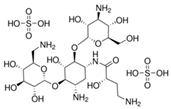 | 585.6 | Bactericidal |
| Erythromycin | Macrolides | C37H67NO13 | 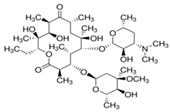 | 733.9 | Bacteriostatic |
| Lincomycin | Lincosamide | C18H34N2O6S | 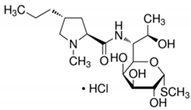 | 406.5 | Bactericidal |
| Vancomycin | Glycopeptides | C66H75Cl2N9O24 | 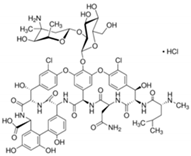 | 1449.2 | Bactericidal |
| Ciprofloxacin | Fluoroquinolones | C17H18FN3O3 |  | 331.34 | Bactericidal |
| Metronidazole | Nitroimidazoles. | C6H9N3O3 |  | 171.15 | Bactericidal |
| Symbol | Zone of Inhibition (ZI) |
|---|---|
| − | diameter ≤ 5 mm |
| + | 5 mm < diameter ≤ 15 mm |
| ++ | 15 mm < diameter ≤ 25 mm |
| +++ | 25 mm < diameter ≤ 35 mm |
Publisher’s Note: MDPI stays neutral with regard to jurisdictional claims in published maps and institutional affiliations. |
© 2021 by the authors. Licensee MDPI, Basel, Switzerland. This article is an open access article distributed under the terms and conditions of the Creative Commons Attribution (CC BY) license (http://creativecommons.org/licenses/by/4.0/).
Share and Cite
Khan, M.U.Z.; Humza, M.; Yang, S.; Iqbal, M.Z.; Xu, X.; Cai, J. Evaluation and Optimization of Antibiotics Resistance Profile against Clostridium perfringens from Buffalo and Cattle in Pakistan. Antibiotics 2021, 10, 59. https://doi.org/10.3390/antibiotics10010059
Khan MUZ, Humza M, Yang S, Iqbal MZ, Xu X, Cai J. Evaluation and Optimization of Antibiotics Resistance Profile against Clostridium perfringens from Buffalo and Cattle in Pakistan. Antibiotics. 2021; 10(1):59. https://doi.org/10.3390/antibiotics10010059
Chicago/Turabian StyleKhan, Muhammad Umar Zafar, Muhammad Humza, Shunli Yang, Muhammad Zahid Iqbal, Xiao Xu, and Jianping Cai. 2021. "Evaluation and Optimization of Antibiotics Resistance Profile against Clostridium perfringens from Buffalo and Cattle in Pakistan" Antibiotics 10, no. 1: 59. https://doi.org/10.3390/antibiotics10010059
APA StyleKhan, M. U. Z., Humza, M., Yang, S., Iqbal, M. Z., Xu, X., & Cai, J. (2021). Evaluation and Optimization of Antibiotics Resistance Profile against Clostridium perfringens from Buffalo and Cattle in Pakistan. Antibiotics, 10(1), 59. https://doi.org/10.3390/antibiotics10010059







